please help, is my pampas grass dead?
kimwary1
9 years ago
Featured Answer
Comments (23)
kimwary1
9 years agodonn_
9 years agoRelated Professionals
Emmaus Landscape Contractors · Fort Atkinson Landscape Contractors · Seven Hills Landscape Contractors · Washington Landscape Contractors · Danville Solar Energy Systems · Old Saybrook Solar Energy Systems · Phoenix Solar Energy Systems · Homer Glen Solar Energy Systems · East Riverdale General Contractors · Foothill Ranch General Contractors · Forest Grove General Contractors · Hercules General Contractors · Jefferson Valley-Yorktown General Contractors · Mankato General Contractors · Salem General Contractorscasagrande
9 years agoriver_city
9 years agochristine1950
9 years agocasagrande
9 years agocasagrande
9 years agogardengal48 (PNW Z8/9)
9 years agokatob Z6ish, NE Pa
9 years agodavidrt28 (zone 7)
9 years agodavidrt28 (zone 7)
9 years agodavidrt28 (zone 7)
9 years agodavidrt28 (zone 7)
9 years agocasagrande
9 years agodavidrt28 (zone 7)
9 years agoriver_city
9 years agocasagrande
9 years agogardengal48 (PNW Z8/9)
9 years agoTeresa Akers
7 years agodavidrt28 (zone 7)
7 years agolast modified: 7 years agoHU-495730481
4 years agogardengal48 (PNW Z8/9)
4 years ago
Related Stories
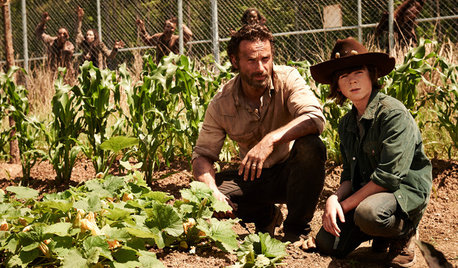
FUN HOUZZHow to Survive an Epidemic of Walking Dead
Tips to use around the house and garden to prep for the zombie apocalypse
Full Story
GRASSES10 Ways to Use Ornamental Grasses in the Landscape
These low-maintenance plants can add beauty, texture and privacy to any size garden
Full Story
SUMMER GARDENINGHouzz Call: Please Show Us Your Summer Garden!
Share pictures of your home and yard this summer — we’d love to feature them in an upcoming story
Full Story
PETS6 Ways to Help Your Dog and Landscape Play Nicely Together
Keep your prized plantings intact and your dog happy too, with this wisdom from an expert gardener and dog guardian
Full Story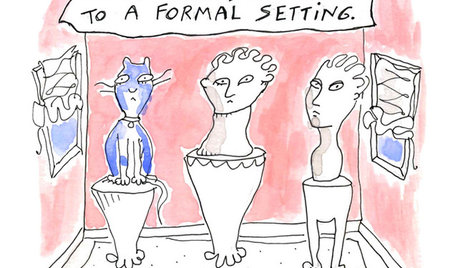
MOST POPULAR7 Ways Cats Help You Decorate
Furry felines add to our decor in so many ways. These just scratch the surface
Full Story
DECLUTTERINGDownsizing Help: Choosing What Furniture to Leave Behind
What to take, what to buy, how to make your favorite furniture fit ... get some answers from a homeowner who scaled way down
Full Story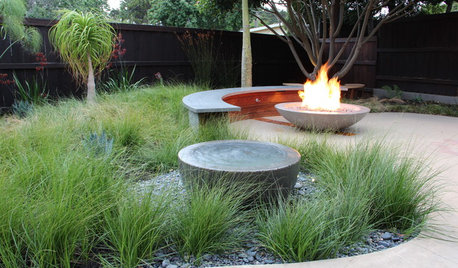
LANDSCAPE DESIGNEnergize Your Landscape With Masses of Grasses
Create year-round interest with waves of attention-getting grasses for all kinds of yards
Full Story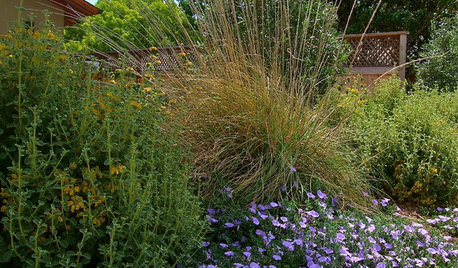
GRASSESGreat Design Plant: Deer Grass
Give wildlife a snack and give yourself a break — this food-source grass is easygoing in many climates and conditions
Full Story
LANDSCAPE DESIGNIs It Time to Consider Fake Grass?
With more realistic-looking options than ever, synthetic turf can be a boon. Find the benefits and an installation how-to here
Full Story
DECORATING GUIDESGo for the Green: Artificial Grass Surprises, Inside and Out
Synthetic turf springs up on patios, living rooms, furniture and walls. Basement golf, anyone?
Full Story





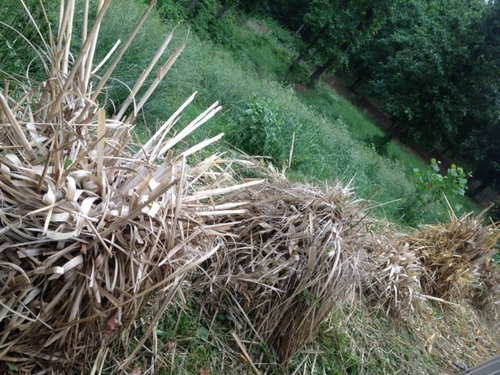
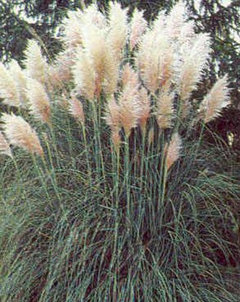

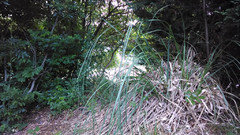

gardengal48 (PNW Z8/9)